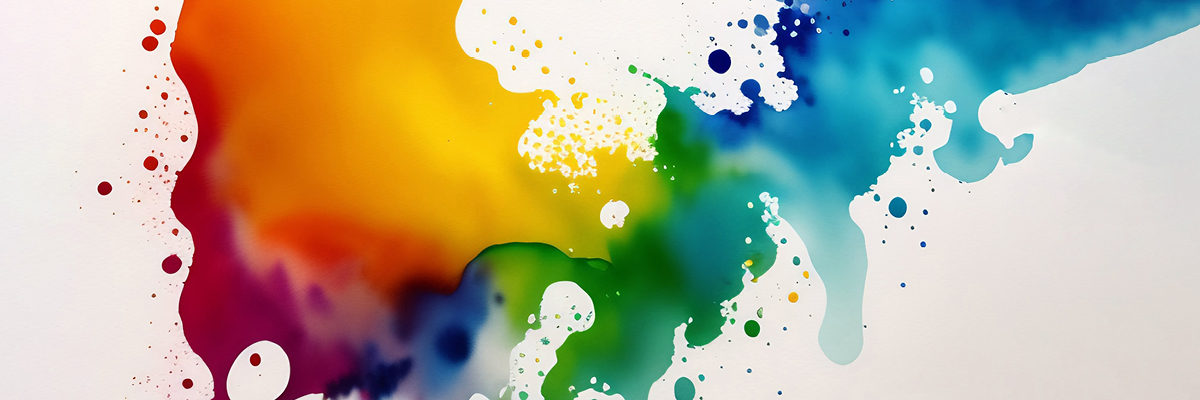
Not all graphic designers are created equal, and the same goes for colour. Translating what we see with our eyes into a physical form is challenging, and technology has only made the process more complex. What does it take for your brand colour to exist? Originally replicating natural colour came through painting, what we see as fine art, a hanging portrait – think Bridgerton or the Crown. Then came printing with pigmented ink, chemical photography, television screens, and finally, smartphones and tablets. This journey has led to various colour standards. Just like the first floppy disk evolved into the CD, colour has evolved with CMYK, RGB, and HEX being three of the main modern-day colour modes.
We hear things like, why can’t I have the twitter blue on paper? A very simple answer is, printing is not backlit like your phone. And people sending RGB files to printers, which can’t be printed correctly.
Printers use 4 inks to create the rainbow of colours available, CMYK starts with white, so what ever you add to that will be darker. The CMYK colour can never be brighter than the paper it is printed on. CMYK is based on pigment. CMYK is the original, existing long before RGB, RGB is the child of the computer age. It is actually easier to convert CMYK to RGB rather than trying to go from RGB to CMYK. For RGB and HEX, the colour can have more light passing through the pixel to give the bright shine you see, the backlighting creates the vibrancy, these modes are based on light. So just like solar and coal can create electricity, they are not the same, much like pigments and light that can both create colour. Now RGB and HEX, they are basically the same thing, just a different way of measuring the colour, kind of like cm and inches.
It doesn’t end there, to add more on top of that, a colour bible Pantone was created in 1962 to assist printers in gaining consistent colours. Pantone is a worldwide standard guideline. Pantone solid printed inks can achieve some levels of brightness and neons that are harder to gain in CMYK, but think of this like having a special paint mix in a tin to print that one colour. That is a whole extra blog and will be coming to our website soon.
A talented designer knows how to find a colour that can look great in both CMYK and RGB colour modes, not always exact, but pretty darn close. If you are being handed only RGB values in your style guide or getting given HEX values for your logo, that is a sign your brand is missing key components including all the colour details that will matter when rolling out your brand across any format. As enthusiasts of information and education, we love sharing our knowledge. If something prints dull or looks super bright on the screen but doesn’t translate well on paper, it’s a sign that things aren’t quite right. The right designer will set you up for success, handling all the intricacies and ensuring everything hits the right notes (or in this case, colour!)
paliantdesign.com
